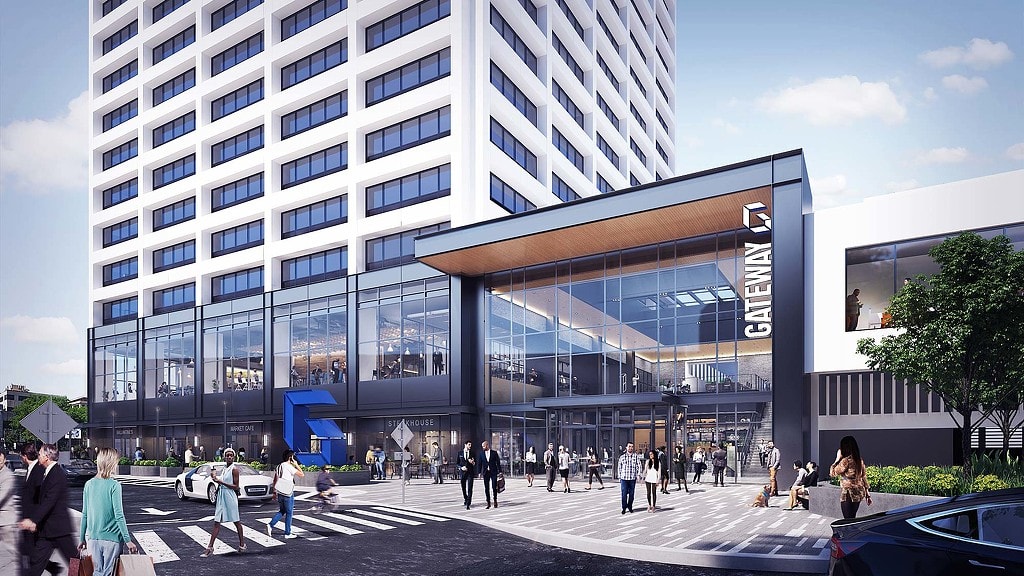Tearing down a fortress in Newark to make way for a new beginning

Newark has struggled to overcome decades of bad urban planning decisions that destroyed whole neighborhoods and wiped out commercial activity. Fixing those bad choices has been a focal point over the years to rejuvenate New Jersey’s largest city.
None of those bad ideas was worse than the construction of the fortress-style downtown Gateway Center office towers. Started a few years after the 1967 Newark riots, the four buildings are connected to Newark Penn Station and one another by skywalks designed to keep office workers off the streets below. The lack of street-level entrances discouraged outsiders from entry and parking decks walled off access to the waterfront.
The result? Countless workers never set foot on surrounding sidewalks, went out for lunch or shopped in surrounding stores.
Today, there are signs things are about to change for the better around the Gateway complex. The owner of three of the four office towers, Onyx Equities, has begun to renovate the hostile architecture in a way its executives believe will force pedestrians onto the streets. The renovation will coincide with a $190 million facelift of the nearly 90-year-old train station that Gov. Phil Murphy announced in December.
“A big part of what we’re doing changes the way you enter the concourse to enter Newark Penn and enter the Gateway,” said John Saraceno, co-founder and managing partner of Onyx. “We get people outside, encourage people to engage the street. We’ll take people inside out instead of outside in.”
The company already has begun — for the first time — to add street-facing retail to Gateway One and it plans to reconfigure the skywalks to feed into a two-story glass atrium called “The Jewel Box.” NJ Transit says $30 million in mostly aesthetic improvements are underway at the train station and the remaining $160 million will roll out over the next five years. The idea, Saraceno said, is to give Gateway One and Penn Station the feel of a smaller version of Union Station in Washington, D.C., and New York City’s Grand Central Terminal.
“The train has left the station at this point, not to make a pun. It’s going to happen,” Saraceno said of the Gateway and Newark Penn makeover. “The question is how fast is it going to happen. And post-Covid, does Newark take a couple of punches in the stomach and take a couple of steps back economically?”
Read full article here.